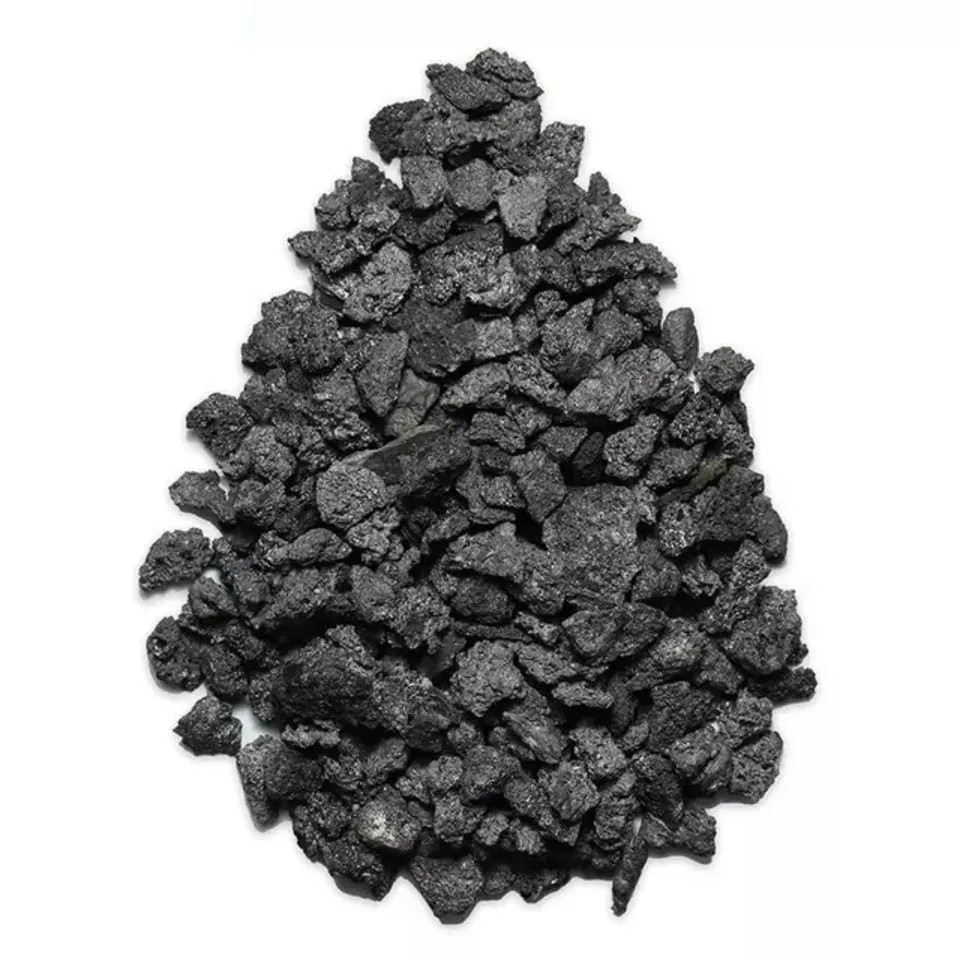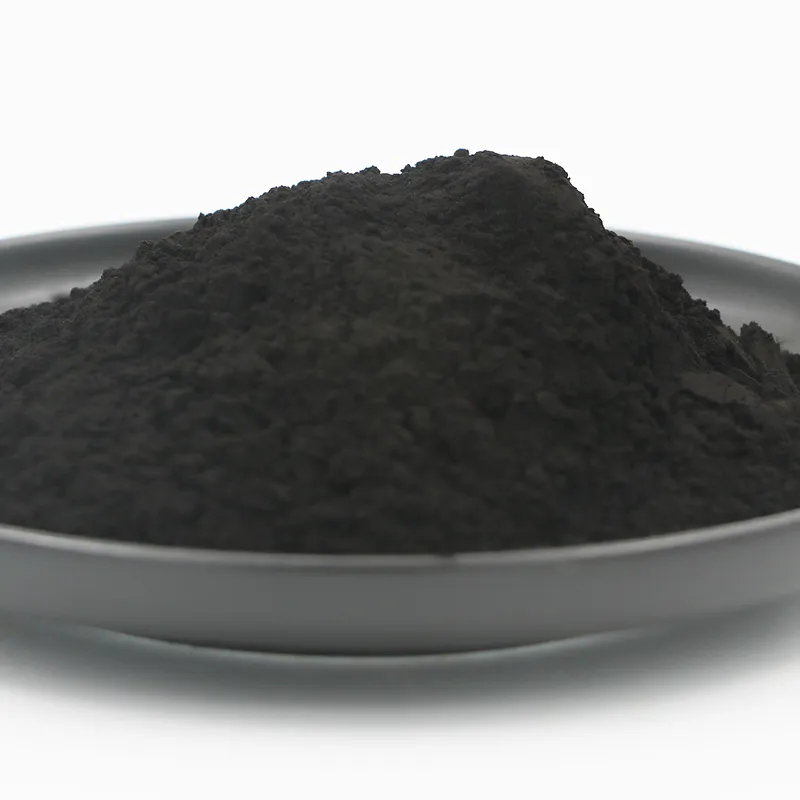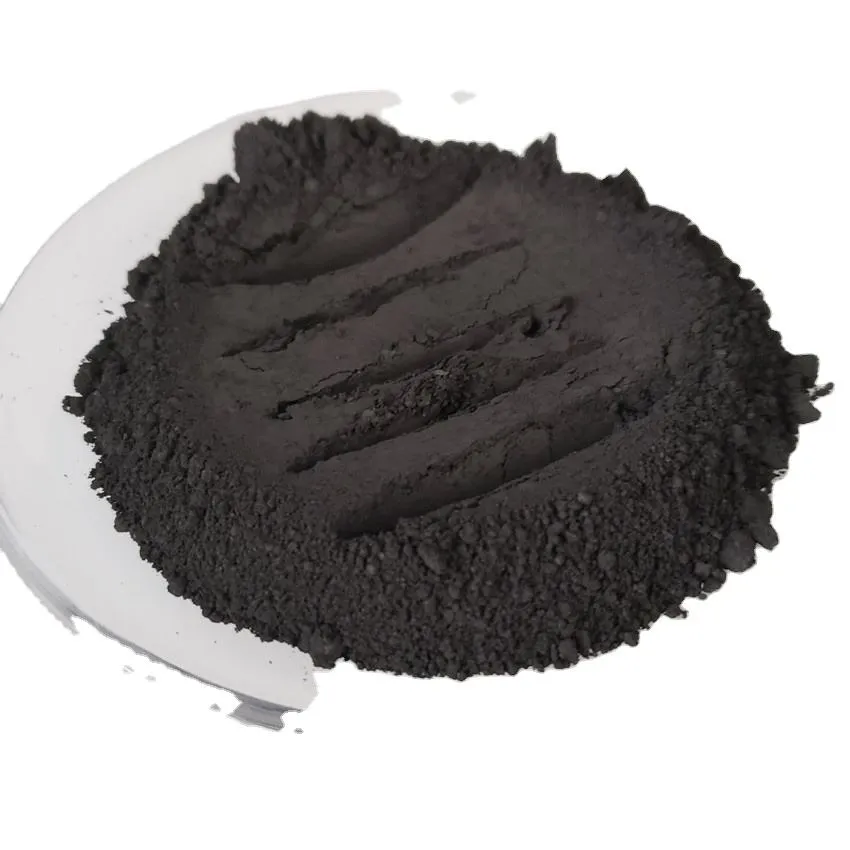Gilsonite, also known as uintaite or asphaltum, is a naturally occurring mineral found in various regions around the world. It is a glossy, black substance that possesses useful properties such as high carbon content, excellent solvency, and low susceptibility to temperature and pressure changes. Given its unique qualities, Gilsonite finds wide-ranging applications in industries such as asphalt paving, construction, foundry, ink, and drilling fluid. The price of Gilsonite per ton is influenced by several factors that will be discussed in this article.
1. Supply and Demand:
The primary driver of any commodity’s price is the balance between its supply and demand. A shortage in supply relative to demand is likely to push prices higher, while an oversupply can lead to price reductions. Factors such as production levels, global economic conditions, and market expectations all contribute to the overall supply and demand dynamics of Gilsonite, therefore impacting its price per ton.
2. Grade and Quality:
Different grades of Gilsonite exist, each with its own specific applications and quality characteristics. Higher quality Gilsonite, with superior solvency or carbon content, tends to command a higher price in the market. The quality and grade of Gilsonite are determined by factors such as the location it is sourced from, the mining and processing techniques employed, and the presence of impurities. Customers often pay a premium for higher grade Gilsonite due to its enhanced performance properties.
3. Mining and Processing Costs:
The cost involved in mining and processing Gilsonite plays a significant role in determining its price per ton. These costs encompass activities such as exploration, extraction, transportation, and refining. Factors that impact mining costs include labor wages, energy prices, equipment maintenance, and regulatory compliance. Effective operations management with streamlined processes can help reduce mining and processing costs, positively influencing the price of Gilsonite.
4. Market Fluctuations:
Gilsonite, like many other commodities, is subject to market fluctuations. Various political, economic, and environmental factors can impact Gilsonite prices per ton. For example, changes in government regulations, geopolitical tensions, global oil prices, and economic growth rates can all influence the demand and consequently the price of Gilsonite. Additionally, unexpected events such as natural disasters or supply disruptions can drive short-term price volatility.
5. Currency Exchange Rates:
Gilsonite trades globally, and its price per ton is often influenced by currency exchange rates. Changes in exchange rates can make the commodity more expensive or cheaper for foreign buyers. For instance, if the currency of a major Gilsonite-consuming country strengthens against the currency of major producing countries, it could lead to an increase in the price per ton for buyers in the former country.
The price per ton of Gilsonite is influenced by a combination of factors including supply and demand dynamics, grade and quality variations, mining and processing costs, market fluctuations, and currency exchange rates. Understanding these factors is crucial for industry participants, enabling them to make informed decisions regarding production volumes, pricing strategies, and market entry or exit points. Staying abreast of market trends, global events, and potential disruptions allows companies to navigate the dynamics of the Gilsonite market effectively.









